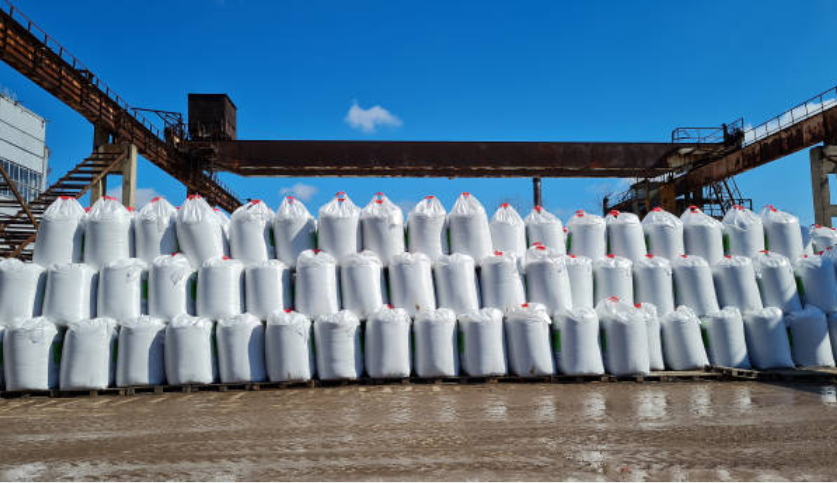
Exhibition time: 17-19 March, 2026 Shanghai, China
 中文
中文

Exhibition time: 17-19 March, 2026 Shanghai, China
 中文
中文

Recently, disruptions in natural gas supply have resulted in a significant surge in urea prices, consequently leading to a substantial decrease in global fertilizer affordability. Currently, the affordability of fertilizers has reverted to pre-2019 levels, with the fertilizer affordability index for the second quarter of 2024 dropping to the 2015-2019 average.
In June, higher-than-usual U.S. temperatures were forecasted, resulting in increased cooling energy demand and subsequent escalation of natural gas prices. In Europe, supply issues and competition from other major LNG buyers caused an uptick in gas prices; however, abundant reserves acted as a mitigating factor. The shutdown continued to support ammonia prices east of the Suez Canal, while weak demand led to a decline in prices west of the Suez Canal.
Natural gas is the main raw material for nitrogen fertilizer production. Specifically, urea is the nitrogen fertilizer category with the largest price increase. On the supply side, due to the Egyptian government's management of energy use, urea producers have cut production. It is reported that the 570,000 MT/year and 650,000 MT/year granular urea facilities at Kima and Helwan factories, respectively, in Egypt, and the 578,000 MT/year granular urea facility at Abu Qir, are all currently shut down due to the shortage of natural gas. Meanwhile, domestic prices in China remain high, and exports are still almost stagnant. Since January 2024, Chinese urea exports have been almost zero. On the demand side, although India has high inventories, it is still conducting tenders, although the volume is not large.
The unexpected halting of Egyptian urea plants caught markets off guard and drove up Middle East benchmark prices by an average of 23 percentage points since May, reaching $353.5 / t FOB by early July, with some traders securing Egyptian granular urea FOB at $380~390 per ton for shipment at end July or early August without reaching agreements.
Compared with diammonium phosphate and potassium fertilizers, urea holds greater weightage within global fertilizer indices due to its relatively high volume worldwide. In the past two months, the rise in urea prices has led to the fertilizer price index reaching its highest value since March, and global fertilizer affordability has fallen sharply. The global fertilizer Affordability Index fell to 1.06 in the first week of July from 1.24 in May.
Source: Agricultural Information Guide